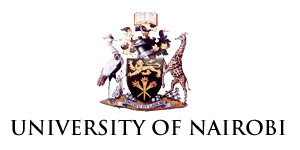A deep data dive reveals extent of unequal water provision in Nairobi
The World Health Organisation recommends at least 1500 litres of water per individual per month for domestic use. We found that residents in high- and middle- income areas were six and four times more likely to receive 1500 litres. Less densely populated areas were more likely to receive higher volumes of water.
Many African cities struggle to supply safe, potable water to their residents. One of the main reasons for this is urbanisation; cities’ populations grow rapidly as more people move to them from rural areas.
Another reason, in some regions, is water scarcity.
Researchers have long suspected that informal urban neighbourhoods are lagging behind their formal counterparts when it comes to accessing safe drinking water. But this reality can be obscured when data is aggregated to city scale rather than being examined at a granular, localised level.
